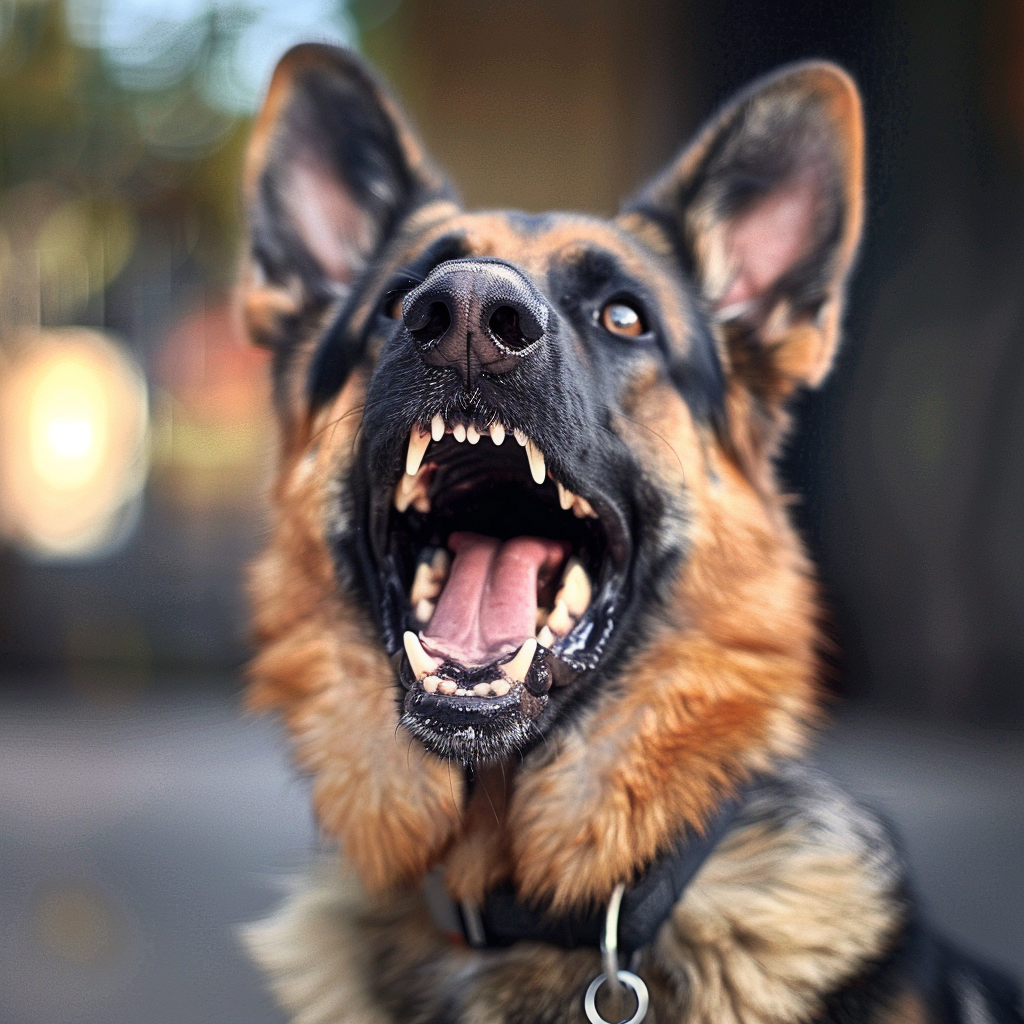While any dog can bite under certain circumstances, statistical data from various sources has identified specific breeds that are more frequently involved in bite incidents. Understanding these statistics isn’t about stigmatizing certain breeds, but rather about promoting responsible ownership and proper training to prevent incidents.
Pit bulls lead bite statistics nationwide

Pit bulls and pit bull-type breeds account for approximately 22.5% of reported dog bites in the United States. According to comprehensive studies between 2005 and 2019, these breeds were involved in 66% of fatal dog attacks. However, experts emphasize that this statistic is influenced by factors beyond breed characteristics, including improper training, abuse, and misidentification of breeds.
Their powerful jaw strength and muscular build mean that when pit bulls do bite, the injuries tend to be more severe. This has contributed to their statistical overrepresentation in bite reports. However, many pit bulls live their entire lives without incident when properly trained and socialized.
Rottweilers rank second in bite incidents
Rottweilers, originally bred as working dogs, have been involved in 45 fatal incidents over a recent 14-year study period. Their size and strength make them capable of inflicting serious injury when they do bite. These intelligent dogs require early socialization and consistent training to prevent aggressive tendencies.
Many incidents involving Rottweilers occur when the dogs are protecting their territory or family members. Proper training can help channel their protective instincts appropriately while preventing unnecessary aggression.
German shepherds show significant bite statistics

German shepherds account for a notable portion of reported dog bites, with 20 fatal incidents recorded in recent studies. These highly intelligent dogs are often used in police and military work due to their trainability and protective nature. However, these same traits can lead to aggressive behavior if not properly managed.
Their bite force and size make them capable of causing serious injury. Regular exercise, mental stimulation, and professional training are essential for preventing behavioral issues in this breed.
Mixed breed dogs present unexpected risks
Mixed breed dogs rank fourth in bite statistics, accounting for 17 fatal incidents in recent years. This statistic is particularly notable because it challenges the assumption that purebred dogs are more dangerous. The variety in mixed breeds makes it difficult to predict behavioral traits.
Each mixed breed dog should be evaluated individually for temperament and potential behavioral issues. Early socialization and consistent training are crucial regardless of the breed mix.
American bulldogs show concerning statistics

American bulldogs have been identified as one of the top breeds involved in serious bite incidents. Their strong jaw structure and muscular build contribute to the severity of injuries when bites occur. These dogs were historically bred for work and protection, traits that can manifest as aggression without proper training.
However, with proper socialization and training from an early age, American bulldogs can be gentle and loyal family pets. Their protective instincts need to be properly channeled through consistent training and clear boundaries.
Doberman pinschers complete the top six
Doberman pinschers round out the top six breeds known for biting incidents. These intelligent and loyal dogs were bred for protection, making them naturally vigilant and sometimes reactive. Their bite force and speed make them capable of inflicting serious injury when they do bite.
Professional training and early socialization are essential for Dobermans. Their high energy levels and intelligence require regular exercise and mental stimulation to prevent destructive or aggressive behaviors.
Understanding these statistics helps inform responsible pet ownership decisions. Remember that any dog can bite under certain circumstances, and breed alone doesn’t determine a dog’s behavior. Proper training, socialization, and responsible ownership are the keys to preventing bite incidents, regardless of breed.

